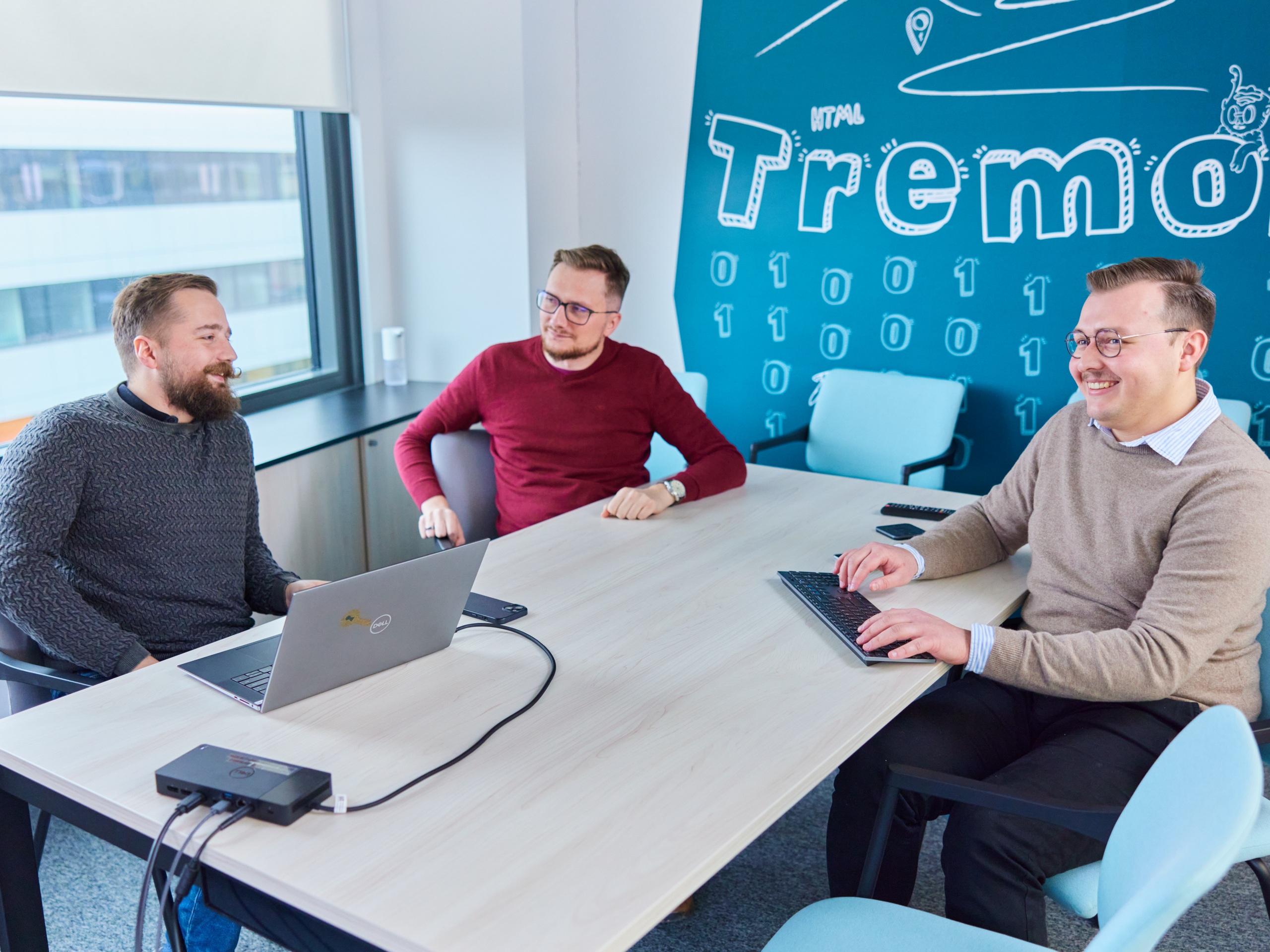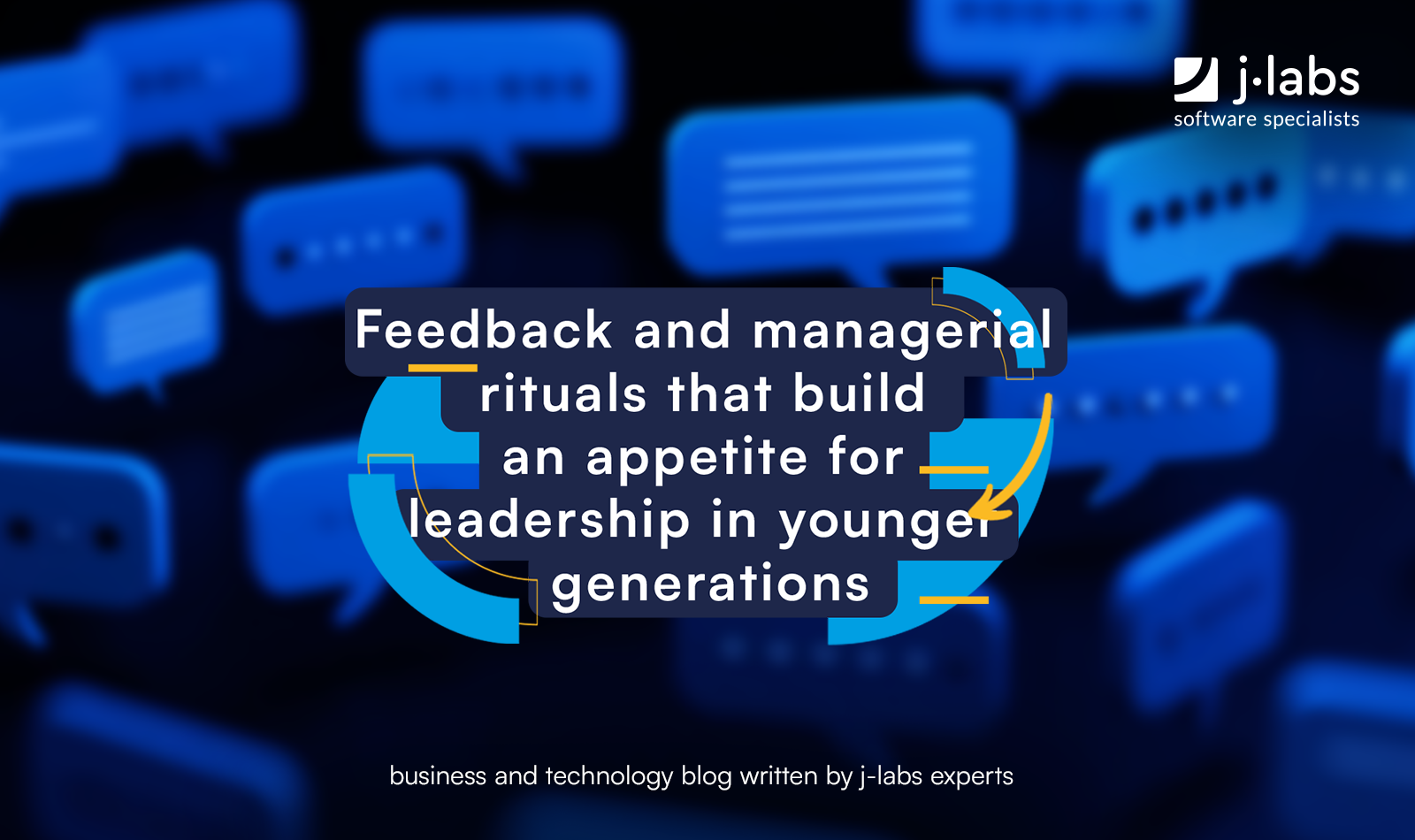What Are Legacy Systems?
Is your company still relying on traditional IT solutions which – while familiar – are slowing down your digital growth? Despite the growing popularity of modern cloud technologies and automation, many businesses still struggle to part with legacy systems that are deeply embedded in their company structures. And it’s not just a problem for small businesses; we see it across all types of institutions, from government agencies to banks and large corporations. But what exactly is a legacy IT system? What kinds of problems does it bring, and what might the migration process look like?
Legacy System – What Does It Actually Mean?
Let’s start with a clear definition, for one simple reason: a legacy system can also often be referred to as an outdated, antiquated, or simply traditional system, and with so much varied terminology, understanding the essence behind it becomes even more important.
A legacy system is software or IT infrastructure that has two key characteristics: it’s quite old and limited. Still, despite these flaws, companies aren’t willing to abandon such systems because they support key business processes, and replacing them would require a major overhaul and, in the eyes of many businesses, incur unbearable costs (though this belief is actually a myth).
Most often, legacy systems:
- Were built many years ago using outdated technologies that are no longer effective or lack available specialists who know how to work with them;
- Run on older hardware or software that’s no longer supported by vendors;
- Are hard or impossible to integrate with modern IT solutions, which makes them fall out of sync with today’s best practices;
- Lack security updates or technical support, which poses a major challenge that many companies don’t even realize exists.
Why Do Companies Still Use Legacy Systems?
In truth, there are many reasons. From a lack of awareness to budget constraints or simply a resistance to change.
In reality, to tackle legacy systems, you need to have an experienced and reliable team. As we mentioned earlier, once the idea of change arises, one challenge is finding developers familiar with old technologies. That’s where we come in – at j‑labs, our team comprises many senior specialists ready to help clients with bold digital initiatives.
Among the most common reasons why the clients we support with legacy system migrations hold on to them for so long are:
- Business processes “locked” inside legacy systems – many projects were built around a specific system, and replacing it would mean having to rebuild the entire architecture. (Fun fact: this issue even affects some newer software, like seemingly convenient no-code solutions that make flexible development harder in new environments.)
- Costs and risks of change are another reason that’s mentioned just as often. While it’s true that modernization or data migration efforts come with significant financial and time investments, simultaneously, companies often overlook how much money they’re losing by doing nothing.
- Legacy systems require specialized knowledge, and there are fewer and fewer programmers who know older programming languages. That’s why finding the right senior developer is so important, and this is where we can support you with IT specialist outsourcing.
- Decisions about modernization are sometimes blocked by leadership, who fear disruption or simply prefer to stick with what they know, as it feels safe and familiar.
- It’s hard to move data from legacy systems to the cloud or a new system without the risk of loss or error – you need to know how to do it, and many companies simply don’t have specialists with those skills.
Remember! Navigating the complexities of technical debt smartly takes experience, and we have plenty of that at j‑labs, so we’re ready to support clients from various industries.
How Do You Escape the Legacy System Trap?
Do you feel like your company is stuck? Not sure how to move forward? Modernizing outdated IT systems is a complex but necessary process. To implement a modernization strategy, start by assessing your current system – maybe those ready-made SaaS solutions aren’t as out of reach as they seem? If you need support from experienced seniors who understand legacy systems inside and out, contact us. Together, we’ll map out your path to full digital transformation.
Check also article about Angular signals!
Meet the geek-tastic people, and allow us to amaze you with what it's like to work with j‑labs!
Contact us



